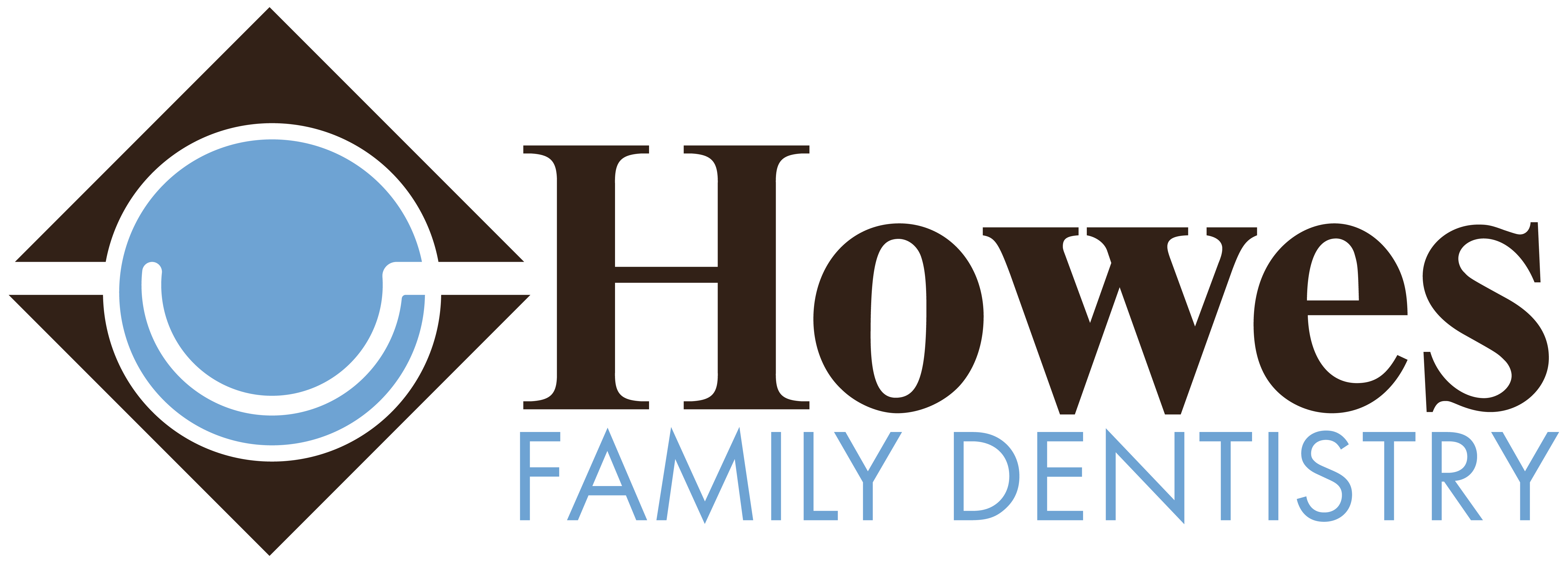Teething
Teething is the process by which a baby’s primary teeth (also known as baby teeth or milk teeth) break through the gums. It typically begins around 6 months of age and can last for several years.
Teething can be a painful process for babies, as the teeth erupt through the gums.
Symptoms of teething may include:
- Drooling
- Gums that are red, swollen, and tender
- Biting and chewing on objects
- Irritability and fussiness
- Decreased appetite
- Difficulty sleeping
There are a number of things that parents can do to help their babies during teething, such as:
- Gently massage the baby’s gums with a clean finger or a teething ring.
- Give the baby cold objects to chew on, such as a frozen teething ring or a cold washcloth.
- Offer the baby a pain reliever, such as acetaminophen or ibuprofen, as recommended by the baby’s doctor.
If you are concerned about your baby’s teething, be sure to talk to your doctor. They can provide you with additional tips and advice on how to help your baby through this process.
Preventing Baby Bottle Tooth Decay
To prevent baby bottle tooth decay, avoid giving sugary drinks in bottles, and clean gums and teeth after feeding. Infants who need a bottle to comfortably fall asleep should be given a water-filled bottle or a pacifier.
Infant’s New Teeth
When an infant’s new teeth start to emerge, it is a milestone of growth and development. The first teeth to appear are usually the lower central incisors, which typically happen around 6 months of age. By the time the child is 3 years old, they should have all of their 20 primary teeth.
New teeth can be uncomfortable for babies, and they may experience symptoms such as drooling, fussiness, and increased chewing. Parents can help soothe their baby’s discomfort by gently massaging their gums, offering them cold objects to chew on, and giving them teething rings.
It is important to start caring for an infant’s new teeth right away. Parents should wipe their baby’s gums with a clean, damp cloth after each feeding. Once the first tooth erupts, parents should start brushing their baby’s teeth twice a day with a soft-bristled toothbrush and a small amount of fluoride toothpaste.
By following these tips, parents can help to keep their infant’s new teeth healthy and strong.
Infant Tooth Eruption
- Infant tooth eruption typically begins around 6 months of age and can last until the child is 3 years old.
- The first teeth to appear are usually the lower central incisors, followed by the upper central incisors.
- Teething can be uncomfortable for babies, and they may experience symptoms such as drooling, fussiness, and increased chewing.
- Parents can help soothe their baby’s discomfort during teething by massaging their gums, offering them cold objects to chew on, and giving them teething rings.
- Parents should also start caring for their infant’s new teeth right away by wiping their gums with a clean, damp cloth after each feeding and brushing their teeth twice a day with a soft-bristled toothbrush and a small amount of fluoride toothpaste.
A Child’s First Dental Visit
Taking your child to the dentist for their first dental visit is an important step in ensuring their lifelong oral health. This visit should take place within 6 months of their first tooth erupting, or by their first birthday, whichever comes first. At this visit, the dentist will examine your child’s teeth and gums for any problems, and provide education on proper oral hygiene habits for children.
Here are some tips for making your child’s first dental visit a positive experience:
- Talk to your child about what to expect at the dentist, and explain that the dentist is a friend who helps to keep teeth healthy.
- Bring your child’s favorite stuffed animal or toy to the appointment to help them feel comfortable.
- Let your child sit on your lap during the dental exam, if they prefer.
- Be positive and encouraging throughout the visit.
By following these tips, you can help your child have a positive first dental experience and set them up for a lifetime of good oral health.
Good Diet and Healthy Teeth
A good diet for healthy teeth includes foods that are low in sugar and high in nutrients such as calcium, phosphorus, and vitamin C. These nutrients help to strengthen teeth and gums and protect them from decay.
Here are some examples of foods that are good for your teeth:
- Fruits and vegetables, such as apples, carrots, celery, and oranges
- Dairy products, such as milk, yogurt, and cheese
- Lean protein sources, such as chicken, fish, and beans
- Whole grains, such as brown rice and quinoa
It is also important to avoid sugary drinks and snacks, as these can contribute to tooth decay.
Here are some tips for following a good diet for healthy teeth:
- Eat plenty of fruits and vegetables.
- Choose low-fat or fat-free dairy products.
- Choose lean protein sources.
- Eat whole grains instead of refined grains.
- Limit sugary drinks and snacks.
By following these tips, you can help to keep your teeth and gums healthy for a lifetime.
